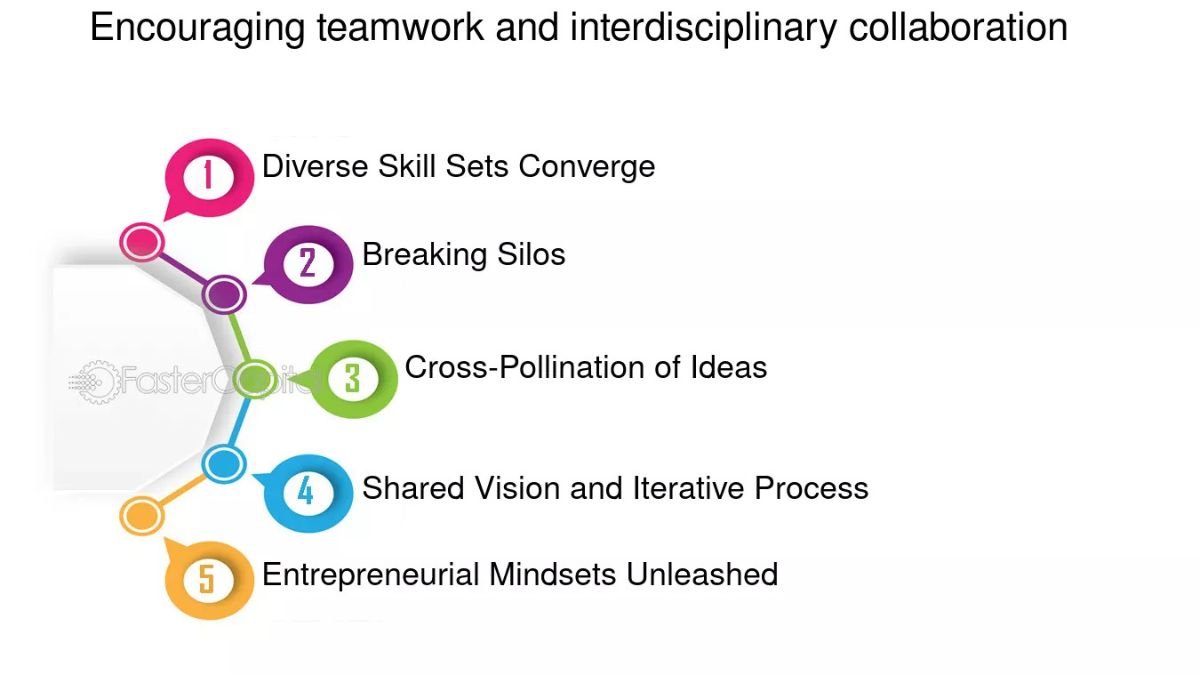The world is changing faster than ever before, and the biggest force behind this change is the convergence of knowledge. Science, art, technology and social studies used to be confined to their separate boundaries, but today these walls are falling. The convergence of different fields—that is, Breakthroughs cross-disciplinary research—is creating solutions that seemed impossible before. It is not only changing the direction of science but also shaping our daily lives, health, environment and future.
What is cross-disciplinary research?
Cross-disciplinary research means the collaboration of two or more disciplines to find a solution to a problem. For example, if artificial intelligence is used in medical research, or if the understanding of sociology is added to environmental science—then it is called cross-disciplinary research.
The biggest advantage of this is that knowledge from different fields can come together to find solutions to big and complex problems, which is not possible by staying within the boundaries of a single field.
Revolution in the health sector
Today, the combination of technology in healthcare is changing the lives of patients. For example—
- AI and medical imaging: Doctors are now detecting diseases like cancer in the early stages using machine learning algorithms.
- Biotech and data science: Personalized medicine is being prepared using data analytics in genomic research, which works according to the body and genetic structure of each person.
- Wearable tech: Smart watches and health bands are monitoring the heart rate, blood sugar and sleep of patients, so that doctors can treat them from a distance.
New direction in environmental protection
Climate change is the biggest problem of the whole world today. Here too, cross-disciplinary research is showing wonders—
- Engineering + Biology: Scientists are developing plants that can absorb more carbon.
- Geography + Data Analytics: With the help of satellite data and AI, predictions of floods, droughts and storms have become more accurate than ever.
- Social Science + Environmental Policy: Environmentally-friendly policies are being made by understanding the behavior of local communities, which makes them easier to follow.
Change in the education system
Education is no longer limited to books and classrooms.
- STEM + Arts = STEAM Education: Creativity and problem-solving ability is being developed in children by combining art with science, technology, engineering and mathematics.
- Virtual Reality + History: Students can “live” historical events by wearing VR headsets, making learning fun and effective.
- Data Science + Psychology: Personalized learning plans are being prepared by analyzing the student’s learning patterns.
Confluence of technology and society
Social media and the Internet have connected the world, but it is also important to understand its social impact.
- Technology + Sociology: It is being studied how social media affects people’s thinking, politics and mental health.
- AI + Ethics: Research is being done on how to add ethics to the decisions of artificial intelligence.
- Digital Platforms + Local Economy: Technological solutions and economic strategies are being combined to bring small businesses online.
Innovation across industries
- Fashion + Environmental Science: Clothes are being made from sustainable fabrics and recycled materials.
- Automobiles + Renewable Energy: Work is underway on electric cars and solar-powered vehicles.
- Food Industry + Biotechnology: New food options are being created through lab-grown meat and alternative proteins.
Solutions to global challenges
The biggest contribution of cross-disciplinary research is that it provides integrated solutions to problems like pandemics, food crisis, and energy crisis.
In the development of the COVID-19 vaccine, medical research, genetics, data analytics, and global collaboration—all in one—yielded results in record time.
Agricultural science, meteorology, and economics were combined for food security.
Challenges and Limitations
While this research is doing wonders in many fields, there are some obstacles in its way—
It is difficult to combine the language and methodology of different fields.
Funding agencies often give priority to traditional research.
Coordination and building trust among different experts takes time.
Future prospects
In the times to come, cross-disciplinary research will become an even deeper part of life.
The combination of quantum computing and biotech can bring a new revolution in medical science.
It will be essential for technology, policy and communities to work together to tackle the climate crisis.
Multidisciplinary approach will become common in education and skill development.
Conclusion
The complex problems of the world are not the work of a single subject. Cross-disciplinary research teaches that when different thinking and skills come together, not only solutions are found but humanity also progresses. This approach is not the truth of tomorrow, but the essential truth of today—and that is why it is gradually moving our world in a better and more balanced direction.
